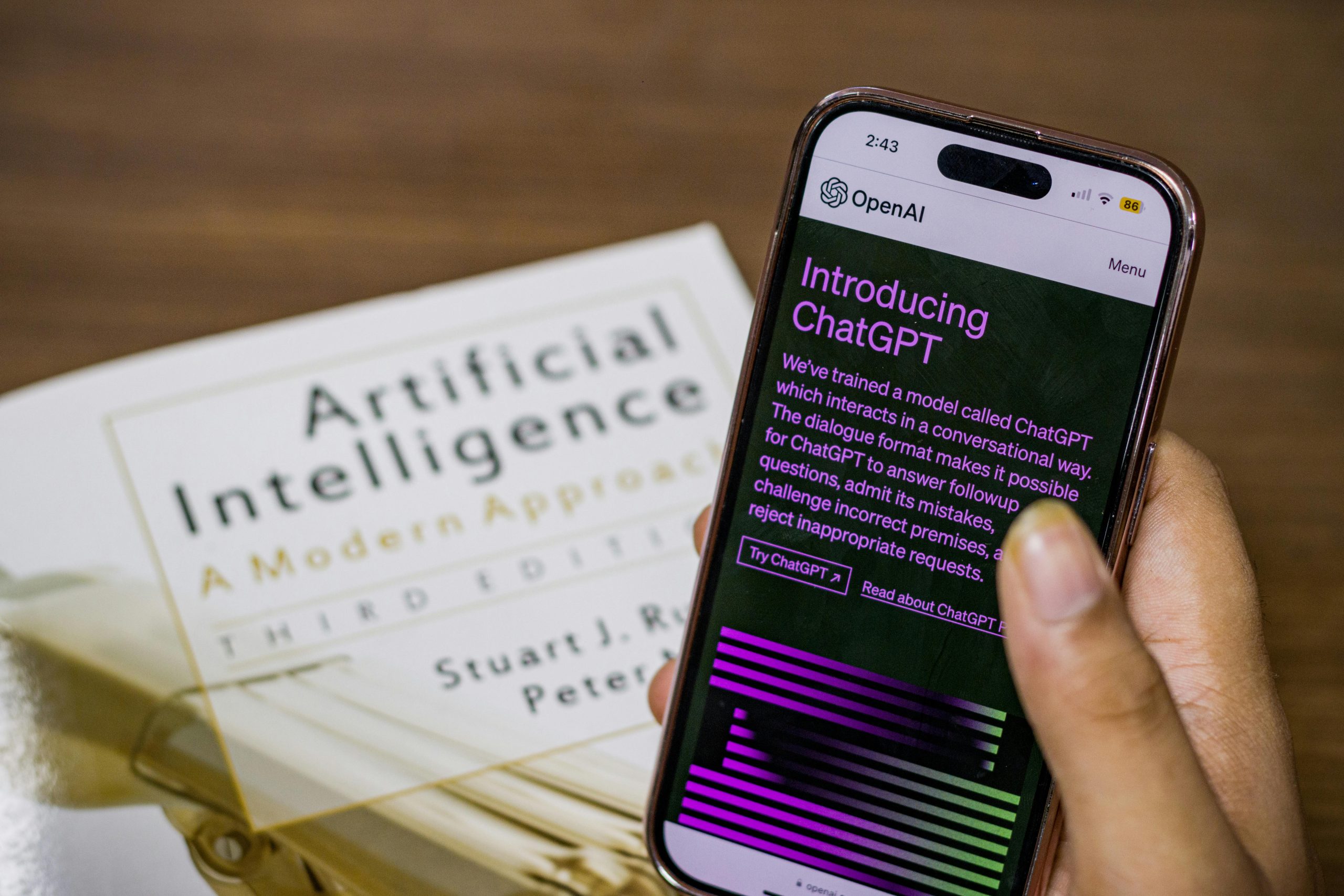Effective subtitles transform videos—boosting accessibility, engagement, and searchability with minimal effort. AI-powered tools now deliver precise, multi-language captions instantly, saving time and enhancing your content’s reach. Choosing the right subtitle generator depends on features, accuracy, language support, and budget. Discover how top AI tools can upgrade your videos quickly, making your message clearer and more impactful without complex editing.
Identifying the Most Effective AI Subtitle Generator Tools in 2025
Within moments, unleash the potential of the best ai subtitles tool to revolutionize how video content becomes readable and accessible. AI subtitle generators in 2025 use sophisticated speech-to-text technology to provide real-time subtitle creation, multi-language support, and high video transcription accuracy. These solutions automatically convert spoken language into time-coded subtitles, offering file exports in SRT, VTT, and TXT formats, supporting diverse post-production workflows.
This might interest you : Discover the power of an ai email writer today
Users benefit from advanced editing features such as direct click-to-edit subtitle text, custom font styling, size adjustments, and branded elements—enabling content creators to tailor subtitles for social platforms or corporate videos alike. As demands grow, major platforms now offer free trials or limited free usage, letting users experience subtitle automation before committing to professional plans.
Pricing for mainstream tools spans $6.99 to $49 per month, determined by factors like multilingual transcription, customizable subtitle styles, and monthly video minute allowances. Prioritize tools with leading speech recognition accuracy, robust language support, and seamless integration to ensure accessibility compliance, engagement, and SEO optimization for every video published.
Have you seen this : Discover top ai subtitle tools to boost your video quality
Core Benefits and Functionality of AI Subtitle Generators
AI subtitle generator platforms leverage speech-to-text technology and machine learning models to drastically improve video accessibility enhancement and compliance with accessibility standards. By instantly turning spoken content into accurately time-coded subtitles, these tools empower content creators to cater to audiences, including those who are hearing-impaired or speak different languages. Automated captioning software efficiently increases a video’s reach, making it more discoverable on search engines and social platforms by indexing the spoken word—boosting overall video SEO improvement.
State-of-the-art automated captioning software utilizes deep learning and voice recognition software trained on extensive audio datasets, ensuring robust subtitle automation benefits and surprisingly low error rates. Real-time subtitle creation further allows immediate edits and fine-tuning, meeting the accuracy demands of dynamic, fast-paced digital content. Subtitle editing features typically encompass style adjustments (customizable subtitle styles), translations for global reach, and export options for numerous subtitle file formats.
Next to manual or simple built-in video subtitle tools, an AI subtitle generator stands apart for its speed, adaptability, and configurable subtitle synchronization techniques. This efficiency accelerates post-production timelines and reduces labor costs, freeing creators to focus on crafting engaging narratives—resulting in a measurable increase in impact on viewer engagement and content accessibility.
In-Depth Comparison of Top AI Subtitle Generator Tools
AI subtitle generator solutions have rapidly advanced, offering substantial improvements in video transcription accuracy and subtitle generation speed. PlayPlay, for instance, stands out among AI-powered captioning tools for its real-time subtitle creation, batch subtitle processing, and support for multiple video formats—including MP4, MOV, MKV, and MPG. Its subtitle export options extend to SRT file uploads and downloads, streamlining workflows for users needing integration with various platforms.
Veed and Kapwing further distinguish themselves through cloud-based subtitle solutions that emphasize subtitle synchronization techniques and user-friendly subtitle software interfaces. These AI subtitle tool comparisons show both prioritize video accessibility enhancement, delivering customizable subtitle styles, automated transcription services, and adjustable time-coded subtitles.
Headliner and Descript offer AI subtitle generators especially valued for their video transcription accuracy during captions for live streaming or social media posting. Their subtitle editing features ensure easy correction of automated transcript editing mistakes and seamless subtitle automation benefits. Meanwhile, SubtitleBee and Flixier are favored for rapid subtitle generation speed and cost-effective captioning solutions supported by extensive multi-language subtitle support.
Tool selection depends on project-specific needs: the scope of AI subtitle tool comparisons should weigh machine learning caption improvement, subtitle export options, and video content optimization. Each platform leverages AI-powered captioning tools for video SEO improvement and accessibility compliance, benefiting creators industry-wide.
Features Evaluation: Accuracy, Customization, and Language Support
Comparative accuracy in varied environments and accents
Video transcription accuracy is the bedrock of automated captioning software. With advanced speech-to-text technology, leading AI subtitle generators can now deliver high accuracy levels even in noisy environments and across diverse speech accents. Using robust subtitle correction AI, errors from strong dialects or background noise are minimized, making subtitles reliable for both educational and corporate videos. Real-time subtitle creation powered by machine learning ensures that content remains accessible as soon as the video is ready, regardless of accent complexity.
Subtitle styling options for branding and accessibility
Customizable subtitle styles are crucial for maintaining brand consistency and improving video accessibility enhancement. Users can adjust font, size, colors, and animation, as well as sync subtitles with video content using innovative subtitle synchronization techniques. These extensive subtitle editing features help businesses reinforce visual identity while ensuring compliance with best practices for subtitle creation, benefiting AI for hearing-impaired viewers and boosting overall viewer engagement.
Number of supported languages and advanced translation/AI features
Multi-language subtitle support is instrumental in amplifying reach. Most cloud-based subtitle solutions now provide video localization tools and multilingual transcription accuracy across over 100 languages. The integration of AI-powered captioning tools allows for real-time translation, batch subtitle processing, and accurate time-coded subtitles—enabling brands to connect with global audiences and ensuring video accessibility enhancement through seamless, user-friendly subtitle software.
Pricing Structures, Free Plans, and Cost-Effectiveness
AI subtitle tool pricing varies considerably, shaped by limits on features and automation capacity. Free vs paid subtitle software often hinges on the level of branding, watermarks, subtitle export formats, and transcription accuracy. Nearly every automated captioning software offers a free tier, but these usually restrict minutes or add a watermark to finished videos. For creators focused on video accessibility enhancement, these free options allow initial experimentation with AI-powered captioning tools without commitment.
Paid subscription tiers in AI subtitle tool pricing unlock higher video transcription accuracy, increased multi-language subtitle support, and slick subtitle editing features. More advanced solutions cater to both single users and teams, offering cost-effective captioning solutions for growing needs—whether posting on social media or handling corporate content. The flexibility of subscription models and batch subtitle processing features makes cloud-based subtitle solutions attractive for varied budgets.
Taking advantage of free trials, users can test real-time subtitle creation, subtitle file formats, and subtitle synchronization techniques. Those attentive to cost-effective captioning solutions should compare plans and note which platforms prioritize AI subtitle tool customer support, machine learning caption improvement, and video content optimization. This approach ensures video accessibility enhancement while maximizing budget and feature set.
How to Select the Right AI Subtitle Tool for Your Needs
Key Criteria: Accuracy Requirements, Video Volume, Intended Platforms
Prioritize video transcription accuracy when evaluating any AI subtitle generator. Accuracy is crucial not only for communication but for video accessibility enhancement, especially if supporting hearing-impaired viewers. Examine if the platform maintains high accuracy in challenging audio environments, factoring in noisy backgrounds or heavy accents. Next, assess subtitle generation speed and whether batch subtitle processing is available—helpful for teams handling large video content optimization workloads.
Determine post-production subtitle workflows and compatibility with your target platforms. A reliable AI-powered captioning tool will offer diverse subtitle file formats (e.g., SRT, VTT, TXT) to ensure seamless integration with your video player compatibility needs.
Integration With Video Platforms and Content Workflow
Evaluate integration with video platforms and check for easy synchronization with your content management system (CMS) or cloud-based subtitle solutions. Automated transcription services that allow automated subtitle syncing and robust subtitle automation benefits help streamline team collaboration and make subtitle workflow integration simpler, especially for content repurposed across platforms.
Practical Guidance and Tips for Beginners and Professionals
Seek AI subtitle tool tutorials to understand features such as customizable subtitle styles or subtitle editing features. For beginners, user-friendly subtitle software with an intuitive dashboard reduces the learning curve. Professionals may require advanced support for multi-language subtitle support and tools enhancing video SEO improvement—both essential for modern video marketing and localization efforts.
Practical Application: Tips, Best Practices, and Future Trends
Best practices for effective subtitle creation and editing
AI subtitle generator solutions excel in video transcription accuracy, making them ideal for users seeking reliable automated transcription services. To achieve clear, readable captions, use short, synchronized lines and follow subtitle accessibility compliance guidelines. Prioritize accurate speech-to-text technology for strong results. Customizable subtitle styles further improve audience engagement and branding consistency. When leveraging batch subtitle processing or real-time subtitle creation, always proofread for context or tone mismatches that machine learning may miss.
Impact of AI-powered subtitles on audience growth and inclusivity
Deploying AI-powered captioning tools significantly raises video accessibility enhancement for all viewers, including those relying on AI for hearing-impaired viewers. Boosting accessibility not only aligns with legal standards but also drives organic reach and viewer engagement. AI subtitle generator features—such as multi-language subtitle support and adaptive subtitle timing—provide inclusive experiences for global and diverse audiences.
Emerging trends: real-time translation, deep learning models, enhanced video localization
The latest AI subtitle automation trends point to smarter real-time translation, using deep learning subtitle models for higher speech recognition accuracy, even in noisy environments. Video localization tools increasingly support multilingual subtitle generation, streamlining workflows and further extending global reach. The integration of subtitle automation benefits empowers content to connect effortlessly across borders in 2025.






